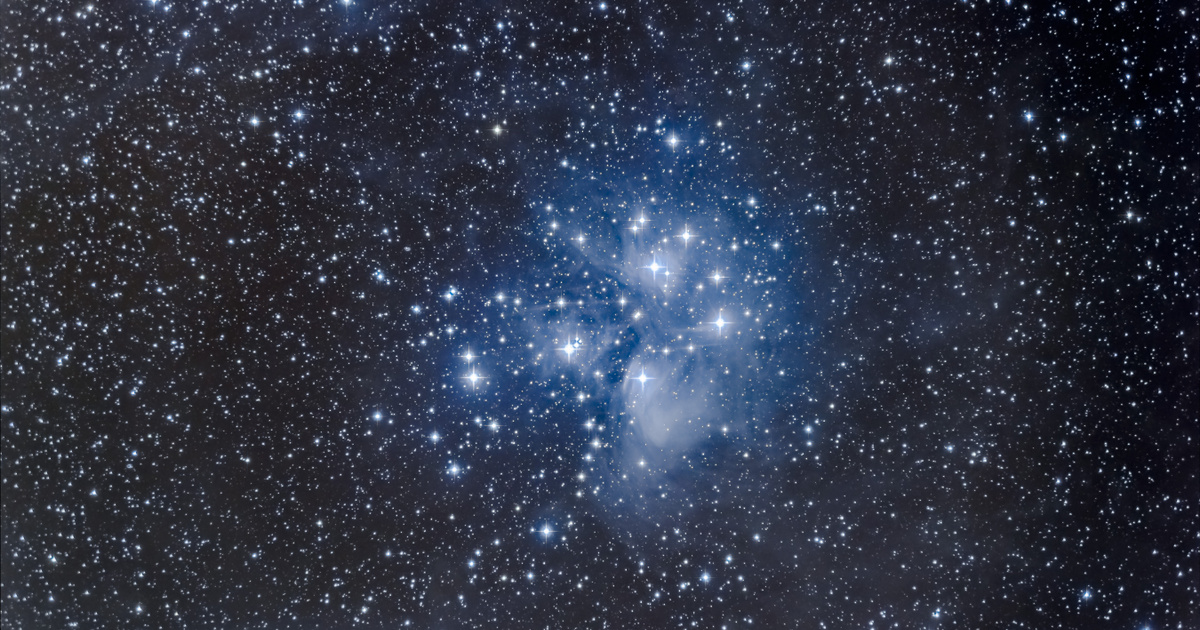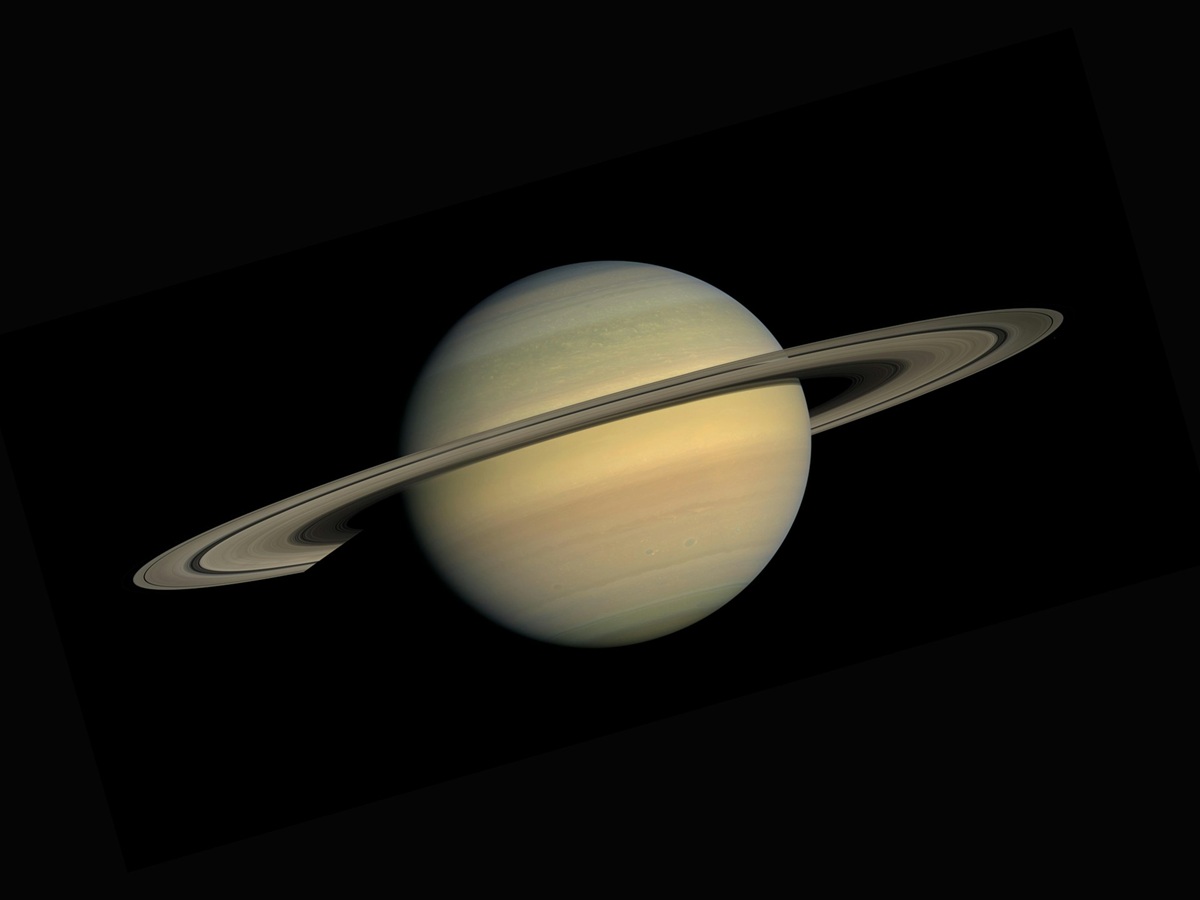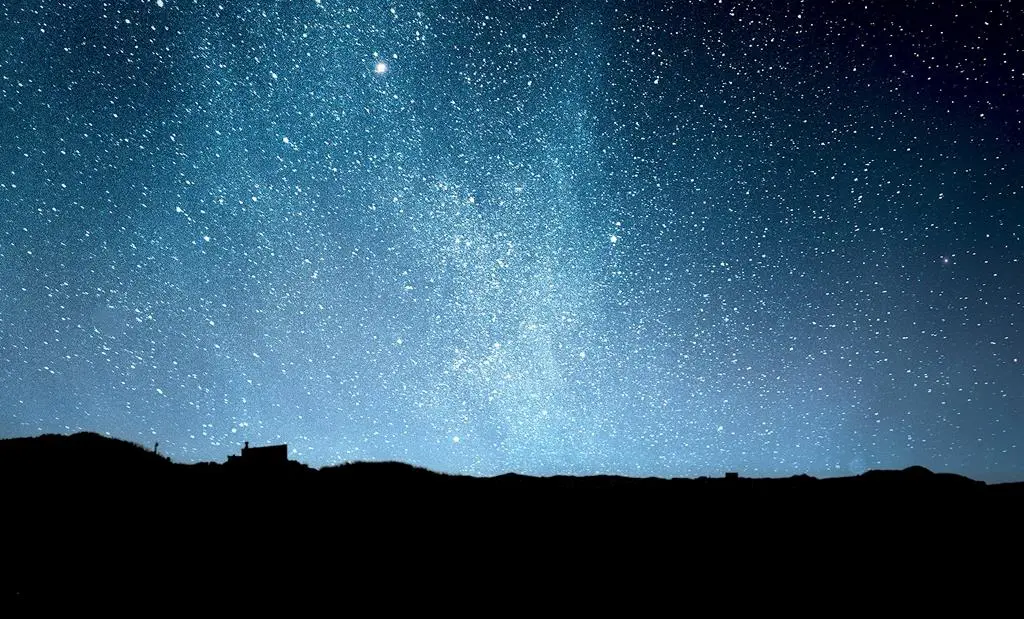Basically, we have no idea what’s happened to these cosmic light sources in the last sixty or sixty-five years, but we have theories. Some are pretty steep, like the one that says an alien and highly advanced civilization surrounded an entire star with solar cells in a few Earth years to drain its energy, so we can no longer see it with our telescopes.
There is a research group dedicated to hunting for stars that were previously discovered but have now disappeared from the sky. More specifically, find out if we have the insect, or if it has already disappeared from the sky.
Their name is VASCO which means in English The fading and emergence of sources over a century of observations. The title, similar to the Harry Potter films, reads in Hungarian: Sources disappear and emerge after a century of surveillance. They also have a Facebook page, although they don’t have many followers yet, but maybe they will find real followers Unidentified flying objects.
We’ve reported on it too hereThree stars were observed in 1952, and they disappeared within one hour.
Well, this VASCO in 2019 reviewed all the lost light sources between 1949 (the start of similar observations) and 2010/2014. They found 150,000. Of course, they didn’t review them all one by one, with AI they were able to reduce the number of possible light sources to approximately 24,000. writes iflscience.com.
Astronomers have already looked into this, taking into account all the possible errors. When it was finished, the number of light sources that had disappeared over the past seven decades had fallen to 100.
It could also turn into a black hole, but aliens could also cover the star
There are a few explanations for this. For example, a star can fade. Perhaps it could emit much higher light for a few days as it goes supernova. If the transformation fails, it will become a black hole, meaning it will emit no light. Are you wondering how a black hole’s “life” ends? here You can read it.
Becoming a black hole is very rare. According to Vasco, 1 in 600 million.
Of course, there may be other cases. For example, short bursts of light were once detected as sources by our weaker instruments. Maybe asteroids. Then again, there may be an alien civilization that could actually cover the entire star with solar panels to drain its energy. So, if we could somehow go to all 100 of these sources, we might encounter an amazingly advanced civilization.
According to another research group, if they could find a part of the sky where such disappearances occur frequently, it would be worthwhile to focus the search there.









































